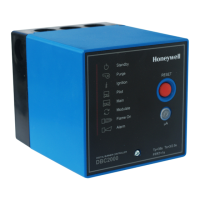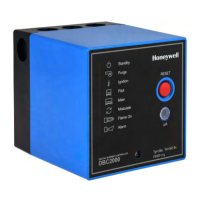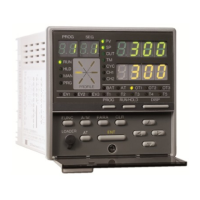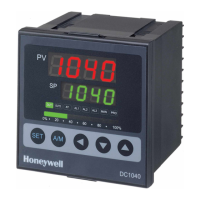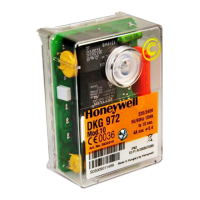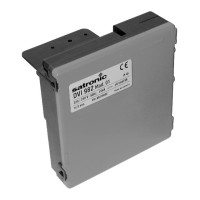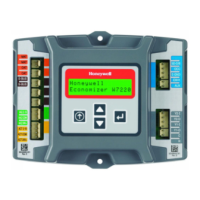DB7110U UNIVERSAL HEAT PUMP DEFROST CONTROLLER
34-00032—01 2
Electrical Shock Hazard. Can cause severe
injury, death or property damage.
Disconnect power supply before beginning
installation to prevent electrical shock or
equipment damage. More than one disconnect
may be involved.
Control Location
1. Before removing the old control, make note of
the wire connections to ensure the wires will be
connected to the correct terminals of the
DB7110U.
2. Mount DB7110U inside the junction box on the
outdoor unit using the two included self-drilling
sheet metal screws.
3. Use the control as a template to drill new mount-
ing holes if necessary.
4. If the mounting tabs interfere with other compo-
nents in the junction box, break/cut off the
unused mounting tabs prior to tightening the
mounting screws.
Coil Sensor Location
Fig. 2. Coil Sensor.
1. The outdoor coil sensor must be used. Without
the coil sensor, the DB7110U cannot determine
when to defrost. The coil sensor included with
the DB7110U replaces the existing defrost ther-
mostat or coil sensor installed on the unit.
2. Place the sensor on the coil where the OEM sen-
sor/thermostat was located. If replacing a
defrost thermostat, note the original settings for
proper adjustment of the termination and
enable temperatures on the DB7110U. They are
often marked with their open and close points. A
thermostat marked L60-25F for example would
correspond to a Termination Temperature of
60degF and an Enable Temperature of 35degF
(60deg-25deg).
3. If the location of the OEM sensor/thermostat is
inaccessible or difficult to access, place the new
coil sensor on the coil loop nearest the expan-
sion valve where refrigerant is entering the coil
during the heating mode. This location gives the
largest temperature difference between the air.
4. Ensure the coil sensor is clamped tightly to the
coil. It may be desirable to add insulation to the
sensor to yield more accurate readings,
although this is generally not needed.
Fig. 3. Coil Sensor Mounting.
OUTDOOR AIR SENSOR LOCATION
Fig. 4. Air Sensor.
1. The outdoor air sensor is optional. Using the
outdoor air sensor will enable the DB7110U to
implement a more advanced defrost algorithm
that determines to defrost based on the relation-
ship between coil and air temperatures. Without
the air sensor, the DB7110U defrosts when the
coil temperature is below the Enable Tempera-
ture for the Defrost Cycle Time. It is advisable to
use the air sensor if possible as it may reduce the
number of unnecessary defrosts that are com-
mon among defrost timers.
2. Mount the air sensor such that the capsule is
hanging in air near the outdoor coil.
3. Do not locate the air sensor too close to the coil
that sensor readings are influenced by it.
4. Do not mount the air sensor in direct sunlight.
5. The air sensor capsule should not be in contact
with metal or some other material that may
change its readings.
Wiring
Electrical Shock Hazard. Can cause severe
injury, death, or property damage.
Disconnect power supply before beginning
wiring to prevent electrical shock or equipment
damage. More than one disconnect may be
involved.
1. Make sure the wiring complies with all local
codes and ordinances.
2. If the low voltage wiring is bare wire with no ter-
minals, wire nut them to the included wiring pig-
tails. Do not crimp terminals to solid wire.
M37638
SENSOR
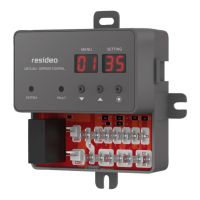
